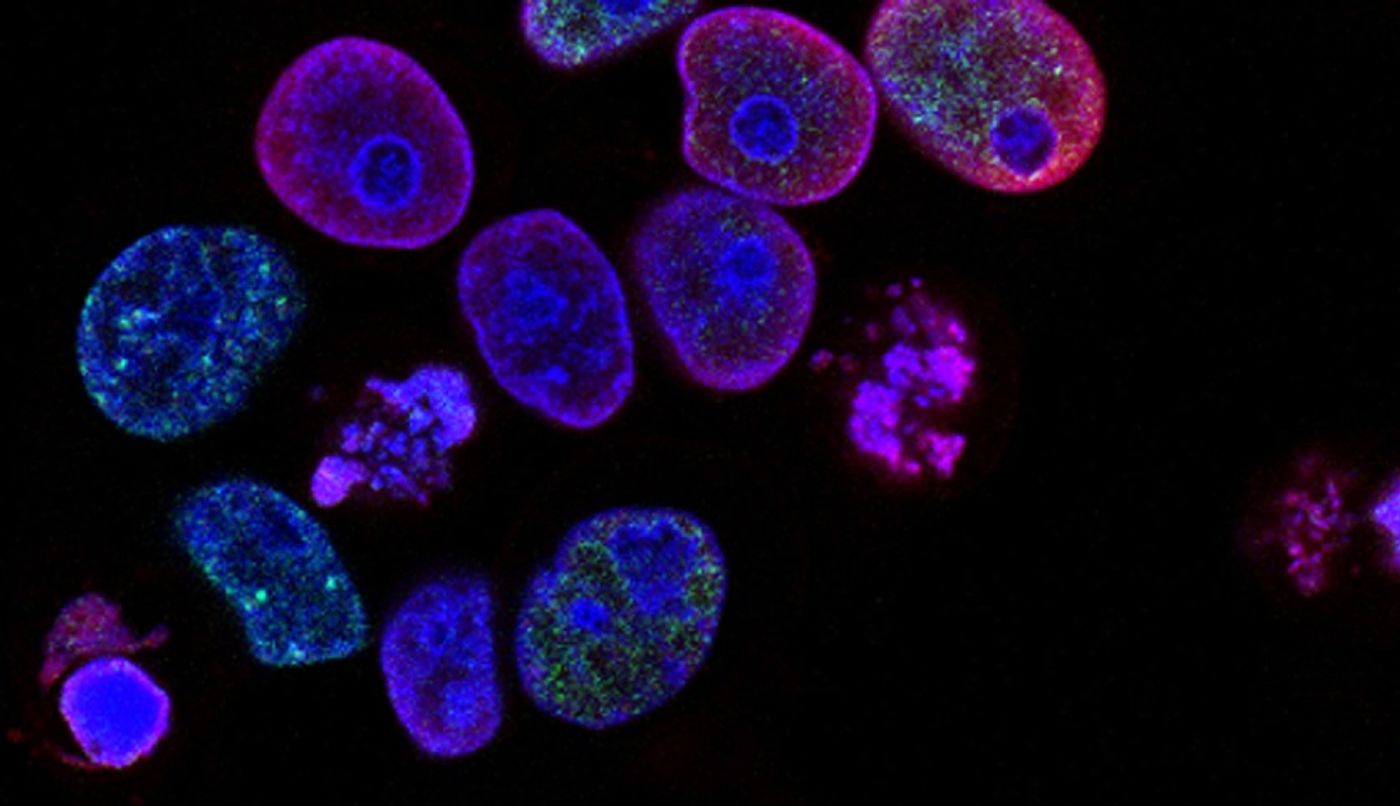A Prognostic Expression Profile for Osteosarcoma
Tireless research goes into every cancer diagnostic tools and new therapy. Many types of cancer have made giant steps forward due to these efforts, but many of the more rare or complex cancers lag behind.
Osteosarcoma is a bone cancer and one of the most lethal cancers in the world. Not only is its incidence on the rise, but the survival rates are still what they were decades ago. As it stands, many of the diagnostic and therapeutic tools for osteosarcoma, and other of the rarer cancers, are in desperate need of an update.
One team from Qinghai University in China had an idea for a prognostic test. You see, many cancers tend to manipulate the environment surrounding tumors to stimulate the tumor’s survival and growth. The most common way it does this is by tricking the body’s immune system.
In a new study, the team investigated how osteosarcoma affected the expression of immune-related genes (IRG) in a dataset of osteosarcoma patients. The idea was that osteosarcoma could manipulate the immune system and change the expression of genes in the immune system. They reasoned that these changes could be identified and used to create a sort of genetic profile for diagnostic or prognostic purposes.
To do this, the team analyzed data taken from the Therapeutically Applicable Research to Generate Effective Treatments (TARGET) and Genotype-Tissue Expression (GTEx) databases. They identified over 600 differentially expressed IRGs, and slowly began to isolate the set that could best be used as a prognostic profile. They ended up with a group of 13 differentially expressed IRGs that could predict the overall survival of osteosarcoma patients. The profile even outperformed other predictive markers currently used today.
In this study, the team of scientists managed to identify a profile of 13 differentially expressed immune-related genes that could act as a prognostic test for patients with osteosarcoma that outperformed standard tests today. Several studies support that immune-related genes are related to osteosarcoma progression and metastasis, so it stands to reason that they could also be used as a prognostic signature for osteosarcoma progression.
The study concludes, “In summary, we developed an IRGs signature that is a prognostic indicator in OS patients, and further verified it in an independent cohort. Hence, the signature might serve as potential prognostic indicator to identify outcome of OS and facilitate personalized management of the high-risk patients.”
Sources: Nature Scientific Reports, UPMC









